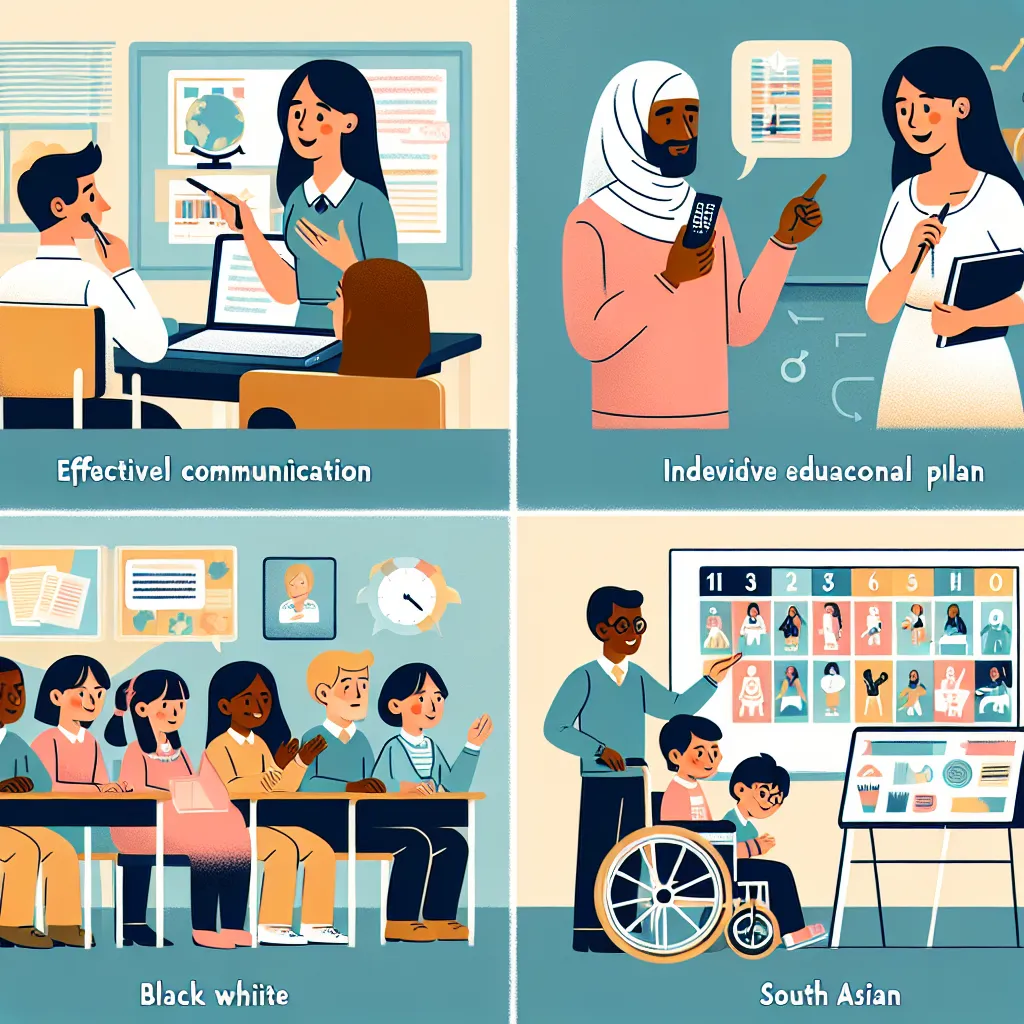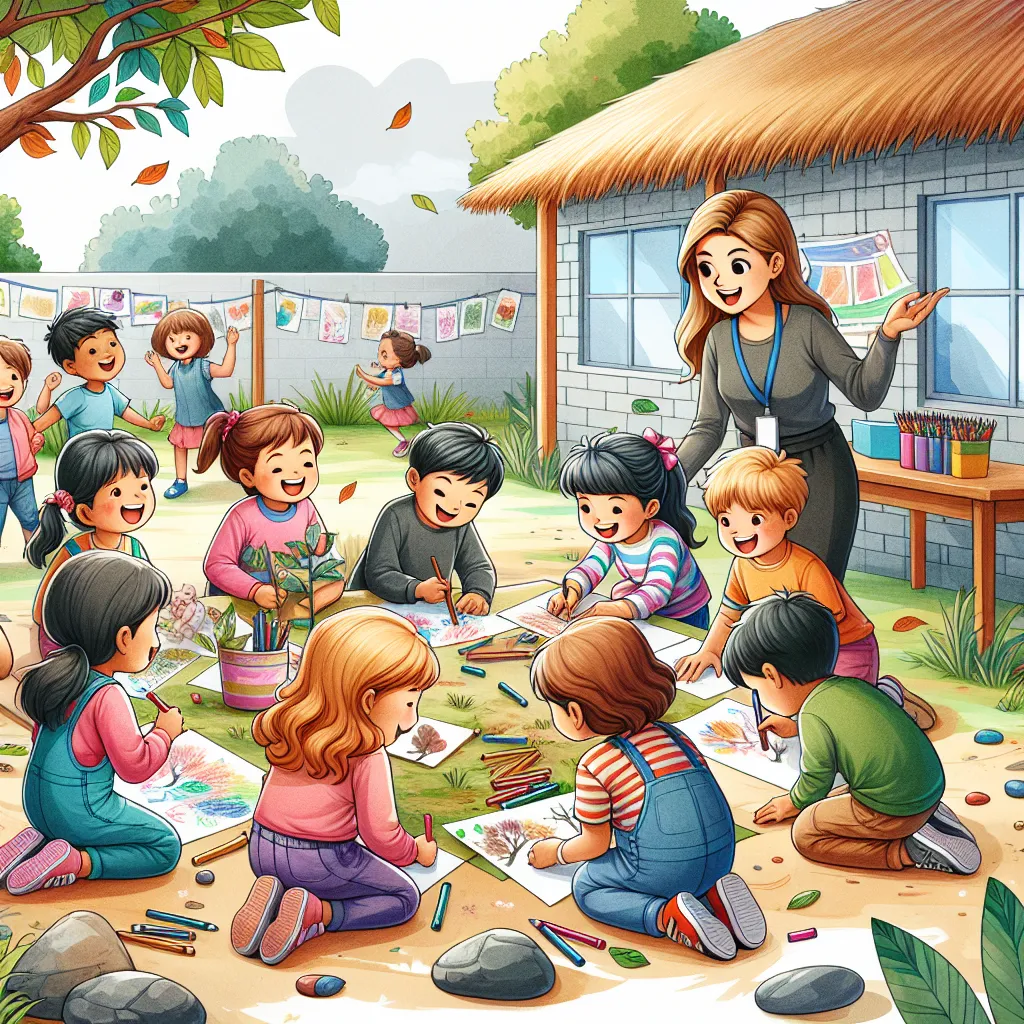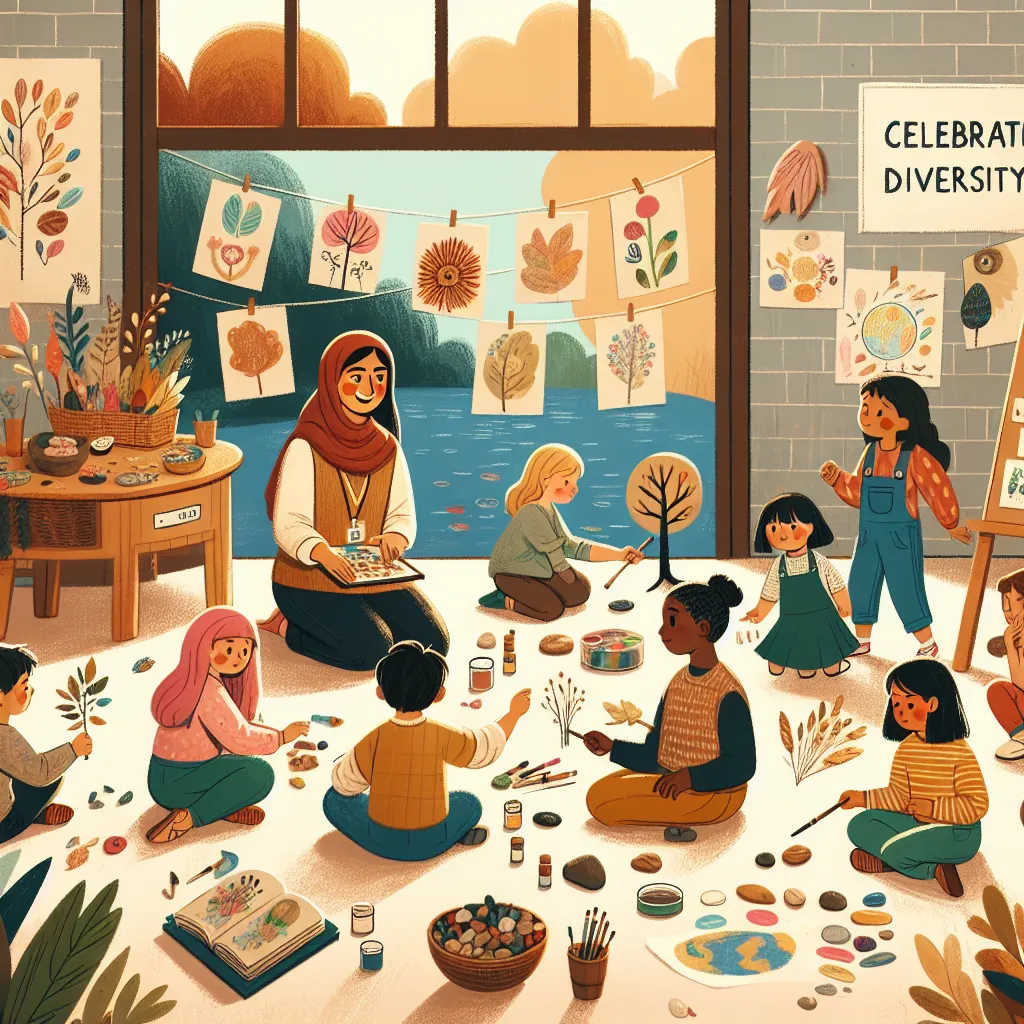Ask AI on The Internet
Question: This introductory activity will help you explore the exciting world of inclusive education and understand your role as an early childhood teacher in fostering a welcoming and supportive learning environment for all children. Think About It: Imagine yourself in a vibrant early childhood classroom. Describe the children you see – what are their backgrounds, interests, and learning styles? How might their needs differ? Activity: Shortly explain your own thoughts that captures the diversity present in an early childhood classroom. Consider factors like:Cultural backgroundsLearning styles (visual, auditory, kinesthetic)Abilities (physical, intellectual, emotional)Interests and talentsReflect on two challenges and rewards associated with teaching in a diverse classroom. List them in your comments. Wrap-Up: By embracing diversity and fostering inclusion, you can create a classroom where every child feels valued, supported, and empowered to reach their full potential. Throughout this module, we'll delve deeper into the principles of inclusive education and equip you with the knowledge and skills to build a thriving learning environment for all your students. I am looking forward to your response and participation.
### Think About It: In my vibrant early childhood classroom, I see a beautiful mosaic of children. Each child carries a unique story and background, bringing a rich tapestry of cultural heritage into our learning space. Some children come from diverse ethnic backgrounds, speaking different languages at home. Others may have varied family structures and traditions that shape their perspectives. In terms of learning styles, I observe that some children are visual learners who thrive with colorful charts and pictures, while others are auditory learners who grasp concepts best through songs and storytelling. There are also kinesthetic learners who learn by doing, enjoying hands-on activities that engage their bodies and minds. The children's abilities span a wide spectrum. Some children may have physical, intellectual, or emotional needs that require additional support and accommodations. For instance, a child in my class might use a wheelchair or need extra time to process information and express themselves. Emotions, too, vary widely, with some children showing a remarkable ability to self-regulate and others needing guidance to manage their feelings constructively. Interests and talents in the classroom are as diverse as the children themselves. Some children might have a keen interest in art, spending hours drawing or crafting, while others might be budding scientists, always asking questions about how things work. There's a talent for storytelling, a knack for building, and a love for music – all valuable and celebrated in our inclusive learning environment. ### Activity: **Diversity in an Early Childhood Classroom:** 1. **Cultural Backgrounds:** - In our classroom, we celebrate and learn from the rich tapestry of cultural backgrounds, from different ethnicities to family traditions. 2. **Learning Styles:** - Our teaching adapts to visual learners who thrive on images and charts, auditory learners who learn best through listening and discussion, and kinesthetic learners who need hands-on activities to grasp concepts fully. 3. **Abilities:** - We respect and support a range of abilities, including physical, intellectual, and emotional. We use adaptive tools and techniques to ensure all children can participate fully and meaningfully. 4. **Interests and Talents:** - We encourage each child's individual interests and talents, whether they are emerging artists, scientists, builders, or musicians, by offering diverse activities and opportunities. **Challenges:** 1. **Meeting Diverse Needs:** - **Challenge:** Tailoring teaching strategies and materials to meet the diverse needs of each child can be time-consuming and requires a thoughtful and flexible approach. - **Reward:** Witnessing the joy and growth of each child as they find success and engagement in learning is incredibly fulfilling. 2. **Ensuring Equal Participation:** - **Challenge:** Creating an environment where every child feels included and equally able to participate can be difficult, especially when balancing differing abilities and needs. - **Reward:** Fostering a sense of community and belonging where every child feels valued enhances their self-esteem and social skills. ### Wrap-Up: By embracing diversity and fostering inclusion, I can create a classroom environment where every child feels seen, valued, and supported. This nurturing space allows children to explore their potential, cultivate their strengths, and develop a lifelong love for learning. Throughout this module, we will dive deeper into the principles and practices of inclusive education, equipping us with effective strategies to create thriving, inclusive classrooms. I am excited to continue this journey and apply these insights to support all my students.
Think your answer is better than the AI's? Post it below.
Other Most Relevant Posts:
 # Tutorial Letter: Assignment 05 - Incl. Education Approaches (IEA1501)
# Declaration of Honesty
# Assignment 05 Questions
# Inclusive Pedagogical Approaches
# Teaching Strategies for Incl. E
# Tutorial Letter: Assignment 05 - Incl. Education Approaches (IEA1501)
# Declaration of Honesty
# Assignment 05 Questions
# Inclusive Pedagogical Approaches
# Teaching Strategies for Incl. E
Question Tags
If you want your question answered by an AI, click here.






Post your own comment: